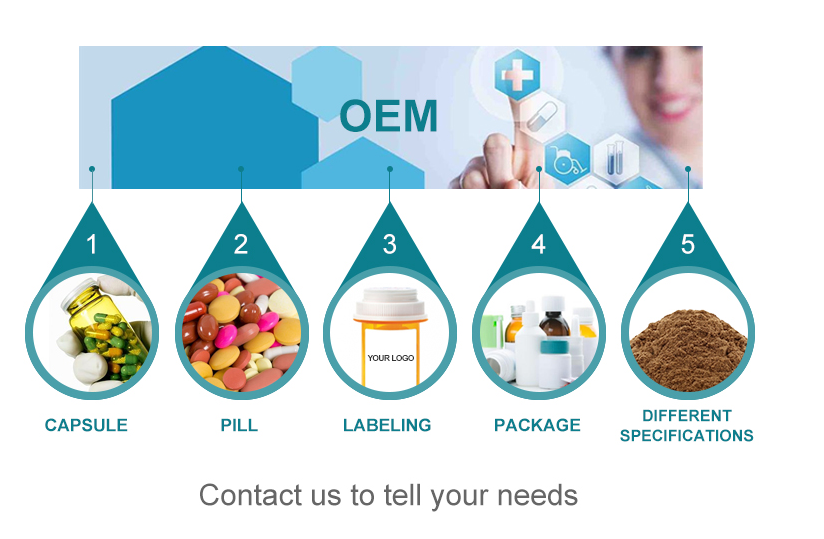Best Health Natural Sweetener Tagatose, which has a very similar taste and texture to sucrose. Sweetness is as 92% as sweet as sugar, but with only 38% of the calories.
Tagatose is generally recognized as safe (GRAS) by the FAO/WHO. USA Food and Drug Administration approved tagatose as a food additive in October 2003 and designated it as generally recognized as safe (GRAS). Korea Food & Drug Administration approved tagatose as health functional food for antihyperglycemic effect. European Food Safety Authority (EFSA) approved tagatose as novel food and novel food ingredient.
Since it is metabolized differently from sucrose, tagatose has a minimal effect on blood glucose and insulin levels. Tagatose is also approved as a tooth-friendly ingredient.
Tagatose is produced from Galactose through an enzymatic process. The health effects of Tagatose on blood glucose level after meal. Tagatose is a natural sweetener. a sweet fillers, suppress high blood sugar. It can improve the intestinal flora, and anti-tooth decay, eliminate bad breath.

1. Anti-hyperglycemic effect
2. Low Calorie : 1.5kcal/g
3. can improve the intestinal flora
4. Anti-tooth tooth decaying
5. Similar sweetness and sensory profile compared to sugar
Tagatose is an interesting natural sweetener that is just slightly less sweet than sugar. It has 92% of the sweetness but only 38% of the calories so it is useful as part of a calorie controlled diet. It is a monosaccharide with a simple molecular structure similar to glucose.
It has a good taste and a texture similar to sugar. It occurs naturally, but in small quantities in milk, also in certain fruits.
It has less than half the calories of sugar. It has a zero glycemic index. This makes it very suitable as part of a diabetic diet. Unlike most sugars it is not harmful to teeth, in fact it has been shown to help prevent damage to teeth. It is also a prebiotic. This means that it assists in the development of beneficial bacteria in the gut. It is also reputed to slow the absorption of glucose into the bloodstream, so it may be of additional use for diabetics in this regard.

1. Used for jam, jelly production, drinks, milk drinks, oyster sauce, soy sauce and other condiments accessories.
2. The pharmaceutical industry takes it as medicinal syrup sweeteners, thickeners, used in the production of high-end candy and hard candy.
3. Used in healthy products.
Why Choose us?

Product Recommended
Mogroside IV Powder, Stevioside Powder, D- mannose Powder, Sweet Tea Powder
Xi'an Tian Guangyuan Biotech Co., Ltd. , https://www.tgybiotech.com